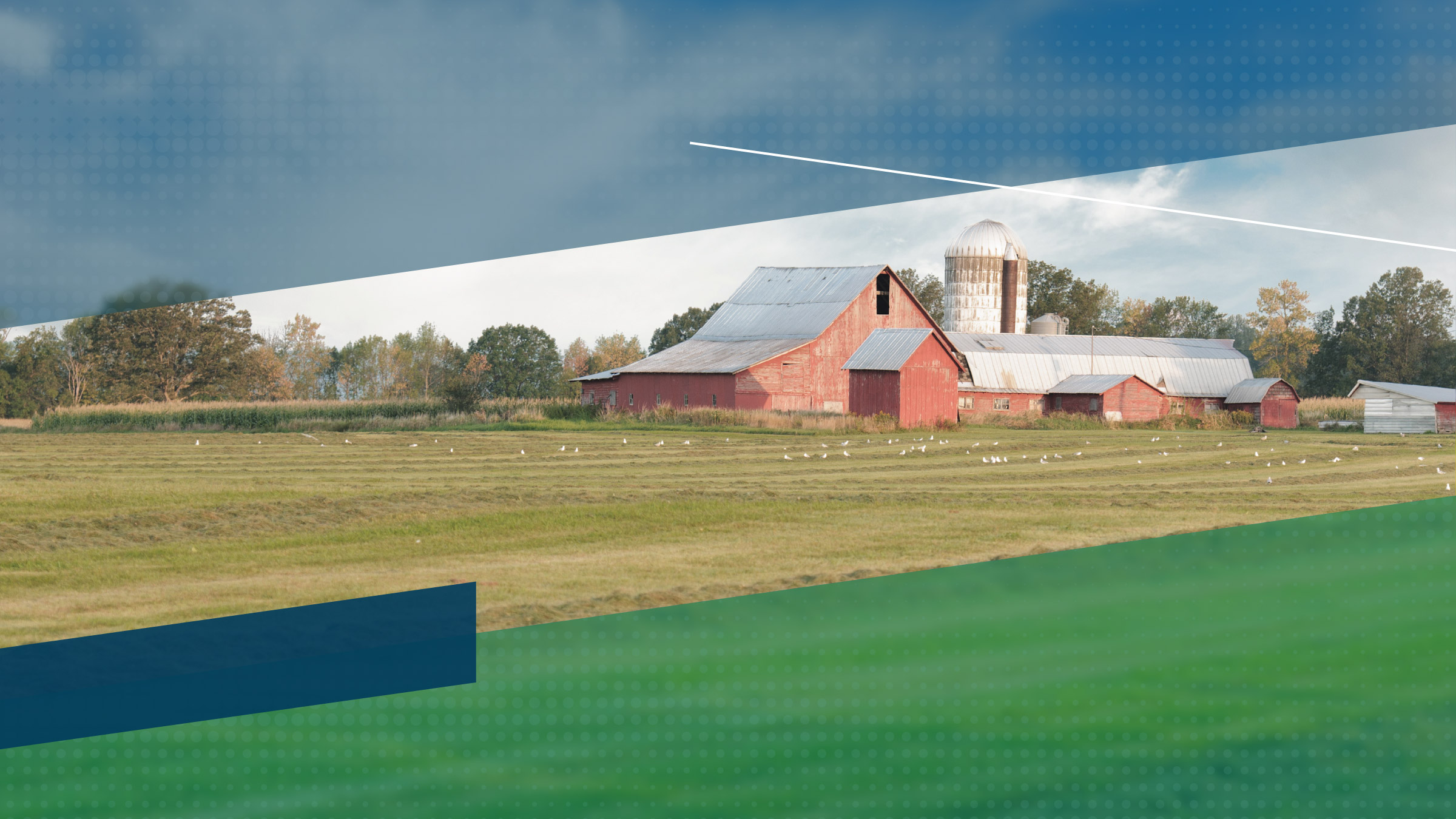Lenders expect agriculture
finances to increase this year
Tobias Madden
Regional Economist
Agricultural financial conditions generally improved during the second quarter across the district, according to the Minneapolis Fed’s second quarter agricultural credit conditions survey. Farm income and loan repayments increased. However, lenders to the dairy industry reported trouble. “Dairy farmers will now experience negative cash flows into the next quarter,” commented a South Dakota lender. The outlook across the district is bright, as more lenders expect increased income during the summer because of healthy crops and prices. Nonetheless, the mood may have changed since the survey, which was conducted in June, before the district experienced abnormally dry weather during July and August.
Farm income, farm household spending
and capital investment
About half the survey respondents reported no change in farm income
in the second quarter, while 22 percent noted an increase. Bankers in
Minnesota and Montana reported generally favorable farm income. “Good
crop conditions, profitability in all sectors of the cattle industry and
low interest rates are yielding interim profitability,” wrote a
South Dakota lender. However, many other South Dakota lenders disagreed
with this comment, as 42 percent saw farm income decrease and 37 percent
reported no change in profitability. Bankers were especially negative
in Wisconsin; 82 percent noted decreased agricultural income. Respondents
reported that 53 percent of agricultural producers use off-farm income
to substantially support farm income.
Meanwhile, overall household spending was fairly stable as 65 percent
of bankers noted no change, and the remaining responses were about split
between higher and lower spending. However, responses from Wisconsin were
more pessimistic, as 55 percent of lenders revealed lower household spending.
Capital spending decreased; 34 percent of lenders overall indicated lower
levels and only 13 percent indicated higher levels. “Farmers are
cautious about capital spending,” commented a North Dakota banker.
The percentage of lenders reporting decreased capital spending varied
across the states from a low of 8 percent of Montana respondents to a
high of 73 percent of Wisconsin bankers reporting decreases.
Loan repayments, renewals and limits
The rate of loan repayments and loan renewals or extensions were somewhat stable. Nearly three-quarters of overall respondents indicated no change in the rate of loan repayments. However, a third of South Dakota and 45 percent of Wisconsin respondents indicated lower rates of loan repayments. “We've seen a large correlation in loan repayment and overall purchases [due] to the lower milk prices our dairy farmers are receiving,” wrote a Minnesota respondent. Over two-thirds of the overall respondents reported no change in loan renewals or extensions, but nearly a quarter of the respondents indicated higher demand for extending or renewing loans. Meanwhile, district respondents reported that 27 percent of their farm and ranch customers had borrowed up to their loan limit.
Demand for loans, required collateral
and interest rates
Overall loan demand increased during the second quarter, as 31 percent of respondents reported higher loan demand while only 18 percent reported lower demand. Meanwhile, collateral requirements increased as one of five lenders said that collateral requirements increased, while only 1 percent indicated decreasing requirements. Average interest rates on fixed and variable loans dropped less than a quarter of a percent from first quarter 2003 to second quarter of 2003. All respondents indicated that they had no shortage of funds to lend.
Land values
Overall land prices continued to increase. “We are seeing an increase in sales price of farm land sales, which seem to be basically driven by investors from outside the area as well as larger farm producers seeking more land to justify the high cost of farm equipment in an attempt to realize increased net profit,” wrote a North Dakota lender. District farmland and ranchland prices increased an average of 12 percent and 16 percent, respectively, from a year ago. A cautionary note: Real estate prices can vary significantly, not only from state to state or county to county, but even within a county.
Outlook
Lenders are optimistic about the third quarter. Agricultural income, capital investment, household spending and loan demand are expected to increase in the third quarter of 2003 for almost all district states. “The outlook around here is much better now because of adequate rainfall thus far and better cattle prices than we expected,” commented a North Dakota banker.





